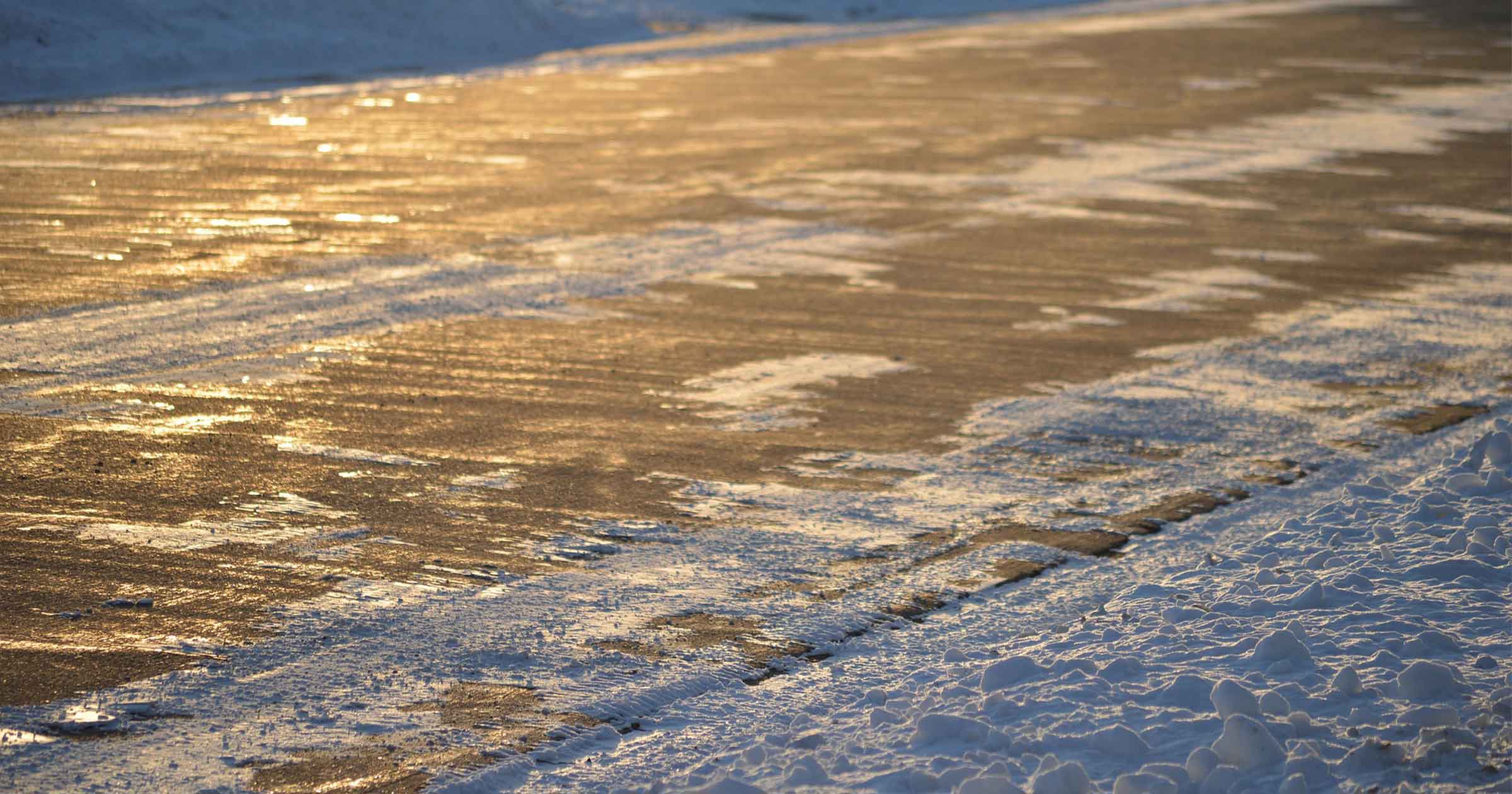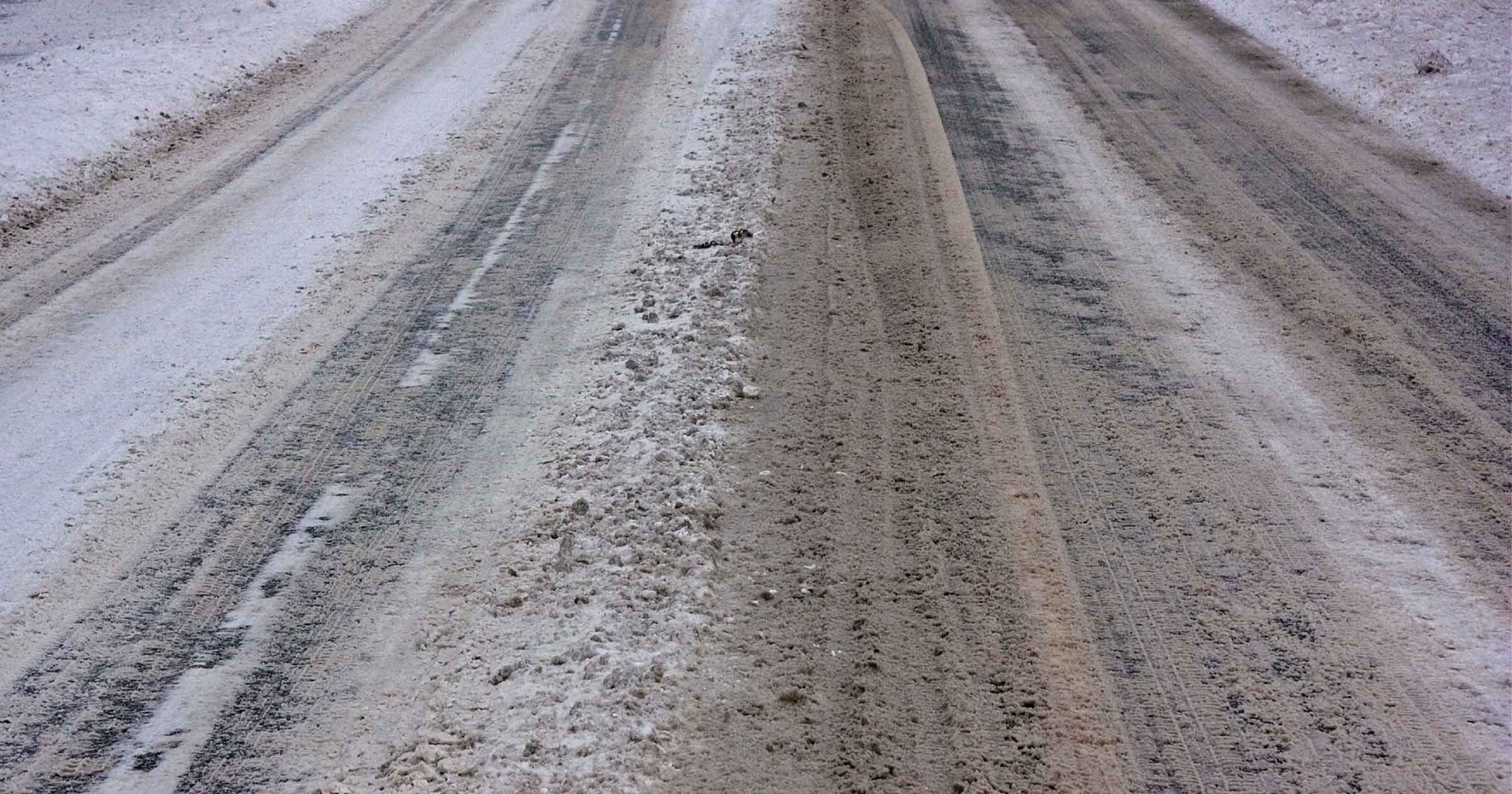Blog

Ask Dr. Phipps: Salt Alternatives
Q: I am worried about using salt on the driveway and walkways this winter. We have a lot of nice plants bordering the walkway. I noticed last year that they didn’t look very good, they seem to have suffered from the salt that we put down last winter. What can I use instead of salt to keep our sidewalks safe?
A: More people are becoming aware of the problems with traditional salt treatments for sidewalks, driveways and roads. The large amount that is added each winter can not only damage plants, but the roads and sidewalks themselves as well as impact wildlife in the streams and waterways where snow melt runs into. Damage done by salt goes beyond our own yards, read more about the dangers of road salt as reported by Smithsonian Magazine and Columbia University.

Fortunately, there are some safer solutions. In general, salt substitutes fall into two categories based on the service that they provide: increasing traction or melting ice. There are many easily accessible materials to help provide traction that you may have at your home already.
Materials that provide traction:
- Kitty litter
- Sawdust
- Sand
- Coffee grounds (the dark color may also help to melt the ice by absorbing more sunlight)
Materials that aid in melting ice:
- Alfalfa meal (also adds some traction) – Alfalfa meal is a fertilizer and too much can burn your plants. Use sparingly.
Phipps uses plant-friendly, biodegradable deicers that combine sodium acetate (NAAC) with calcium magnesium acetate (CMA) both of which are safer for birds and pets (as opposed to sodium chloride, the traditional ice-melting material). NAAC dissolves in water, while CMA remains as pellets until stepped on and activated. CMA prevents the melted NAAC from forming ice. These products are used as preventatives, stopping ice from forming when they are on the ground before conditions turn bad.
Another option is to use Safer Choice Products. Safer Choice Products are those that meet the US EPA safety product standards. According to the EPA these products are “safer for human health and the environment”. You can look for Safer Choice Products by going to this website. In the green search area, select “home”, under product type select “deicers” and click on “products with outdoor uses”. You will see many deicing products that have the Safer Choice distinction.

In addition to these salt alternatives, it is important to clean off sidewalks and driveways when snow first lands. Keeping surfaces clear helps greatly in reducing the amount of ice that forms. If you have salt from last year to use up, try to use less than you normally would; a little will go a long way. Also be sure to clean up left over salt that remains after ice melts. Every little bit helps to keep our gardens and waterways safe and healthy.

